Want to photograph the aurora? Taking impressive aurora photos isn’t difficult.
If you have a manual camera and you know how to use it, you too can take incredible aurora images.
In this guide, we'll reveal our top tips on how to photograph the aurora or Northern Lights, so that you can capture an image next time you witness a fantastic display.
For more info and advice, read our guide on how to predict aurora and what causes the aurora.
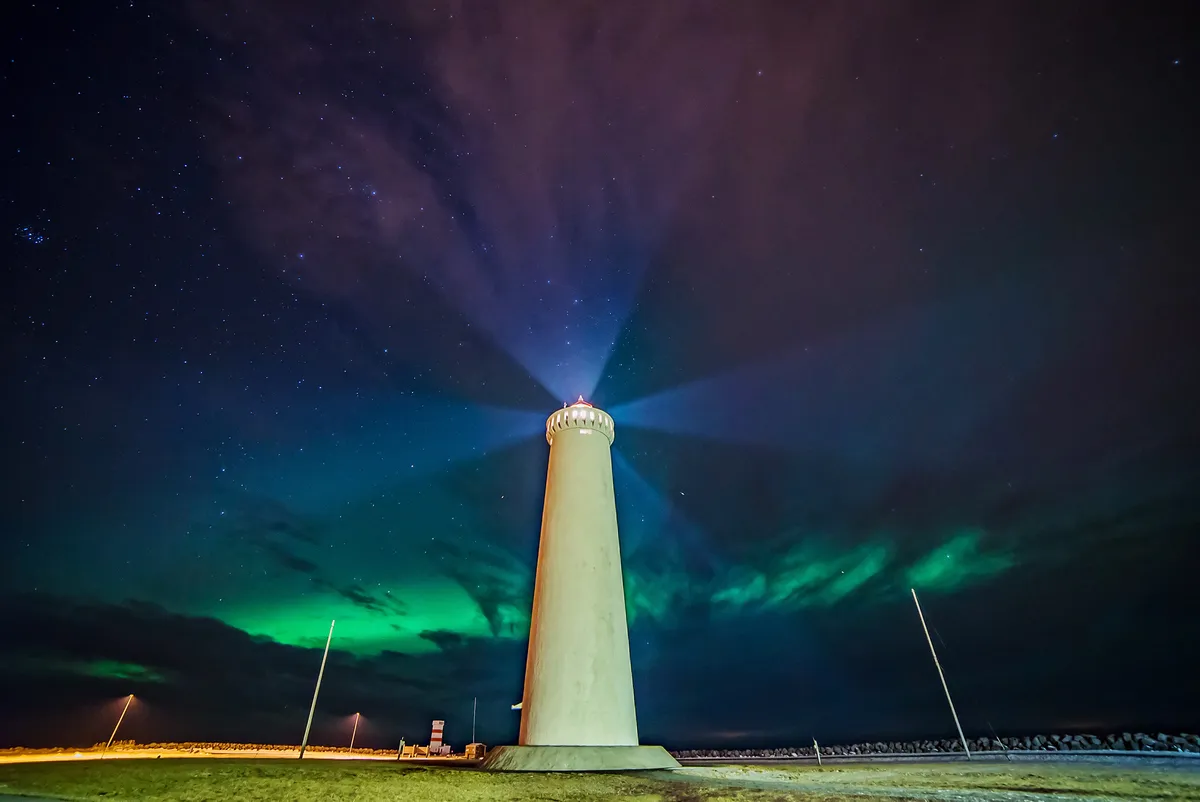
How to photograph aurora - quick tips
To photograph the aurora, follow these basic steps:
- Always use a tripod
- Shoot in RAW
- Remove any filters
- Have a release cable or timer to trigger the shutter.
After that, it’s mostly about finding the right spot and waiting.
When the perfect moment finally arrives, here’s our guide to making the most of the opportunity.
How to photograph aurora 8 top tips
Choose a wide angle lens
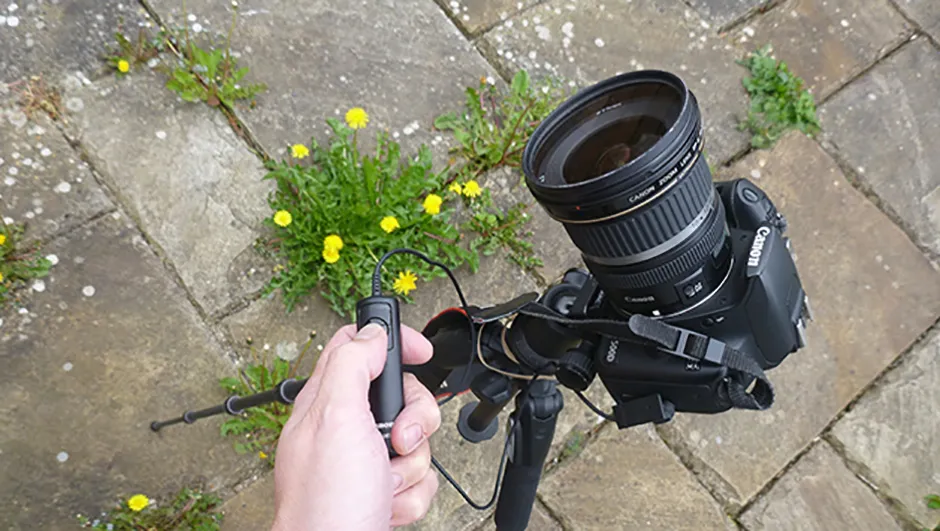
The aurora can appear right across the night sky, so the wider angle lens you use, the more impressive your vista will look.
An 18–55mm kit lens is fine, but know that cheaper crop-sensor (APS-C) DSLR cameras and more expensive full-frame models get different results.
For example, a 24mm lens on a full-frame DSLR produces a wide-angle as promised, but the same specification of lens on an APS-C DSLR produces a narrower image equivalent to what you would expect from a 38mm lens on a full-frame DSLR.
Whatever you use to photograph the aurora, set the aperture as wide open as possible, probably f/2.8 or so.
Keep your aurora photograph sharp
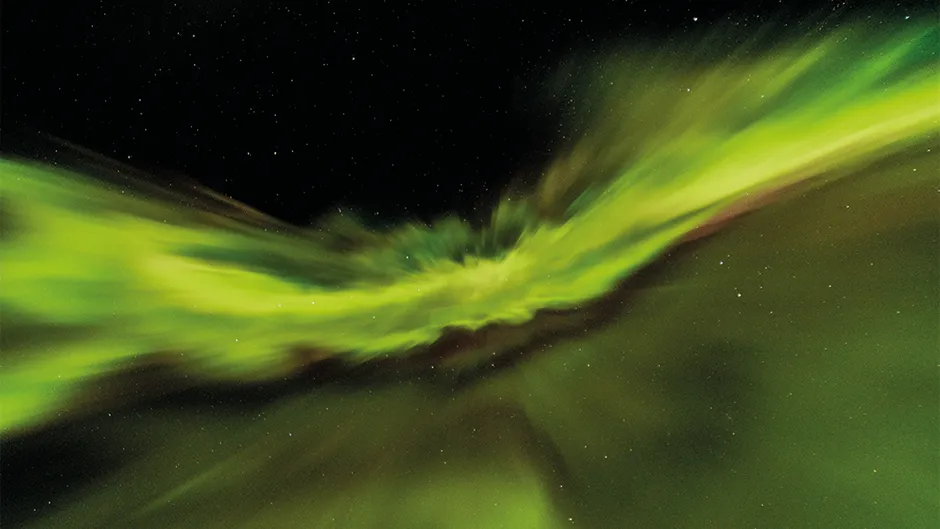
Practice manually focusing on infinity. Take test shots outside at night and check for sharpness to determine exactly where the infinity focus point is on your lens – it may not be where the manufacturer indicates.
Nothing’s worse than taking a spectacular aurora image, only to find that it’s ruined by blurry stars.
Get to the Arctic Circle
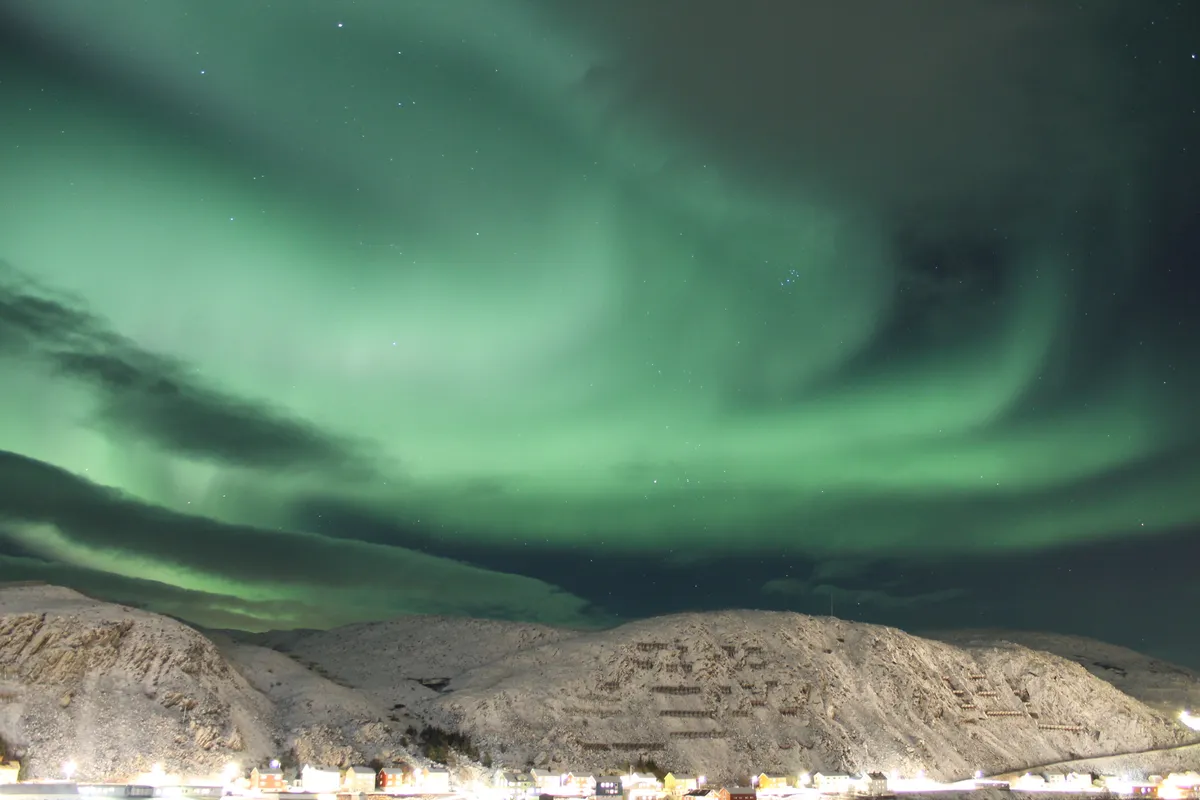
For your best chance of catching a display, head to the Arctic Circle between 64° and 70° North, the closest places to the UK being Iceland and Lapland (the northern parts of Norway, Sweden and Finland).
Northern Russia and Alaska see the aurora too.
Aurora activity is constant throughout the year, though the longer, darker nights between September and March emphasise the aurora’s vivid colours.
It is also possible to see the aurora from the UK, but will require much more luck in getting a good showing.
Aurora cruises are a new way of reaching the remote arctic circle in search of the northern lights
Consider composition
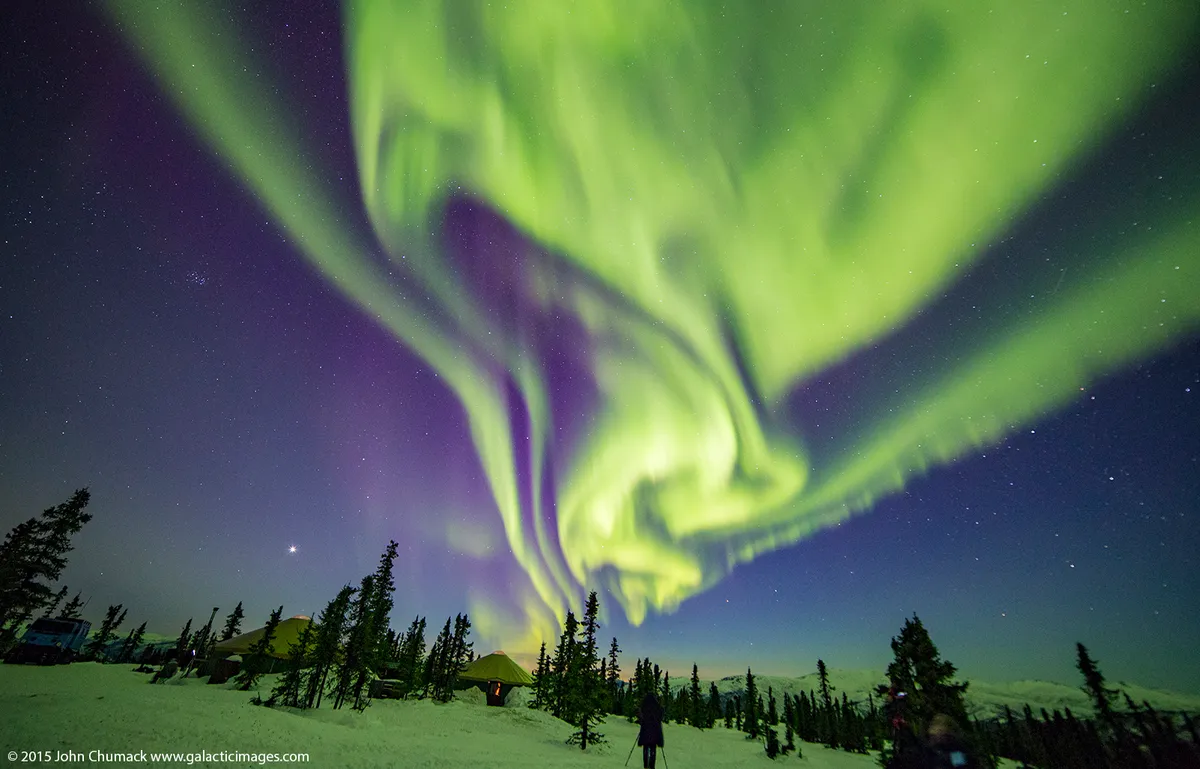
Photos featuring only ‘green clouds’ are dull. Reflections, rugged foregrounds and even people often feature in the best images.
Scout out locations in daylight looking for interesting trees, buildings or mountains.
But be flexible; the northern lights probably won’t appear where you want them.
A good rule of thumb is to think of the aurora as a backdrop to an already well-composed landscape photograph.
Experiment with long exposures
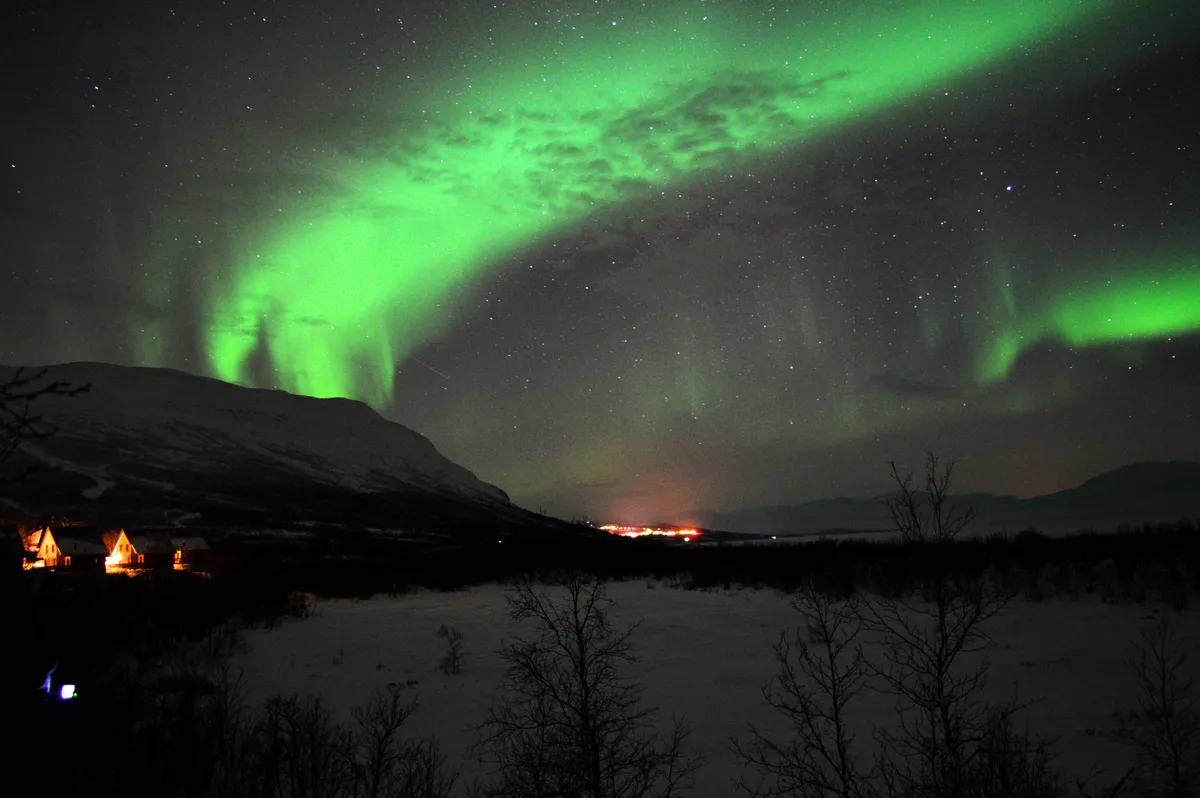
Photographing the Northern Lights successfully is largely about hunting down clear skies.
Once clear, the most common sighting is of an almost stationary green glow arcing above the northern horizon.
To the human eye it looks greyish and often not much of a spectacle at all.
However, take a long exposure (try 25–30 seconds on ISO 800–1600) in a beautiful snowy landscape and the resulting image can be delightful.
Be ready to shoot at any time
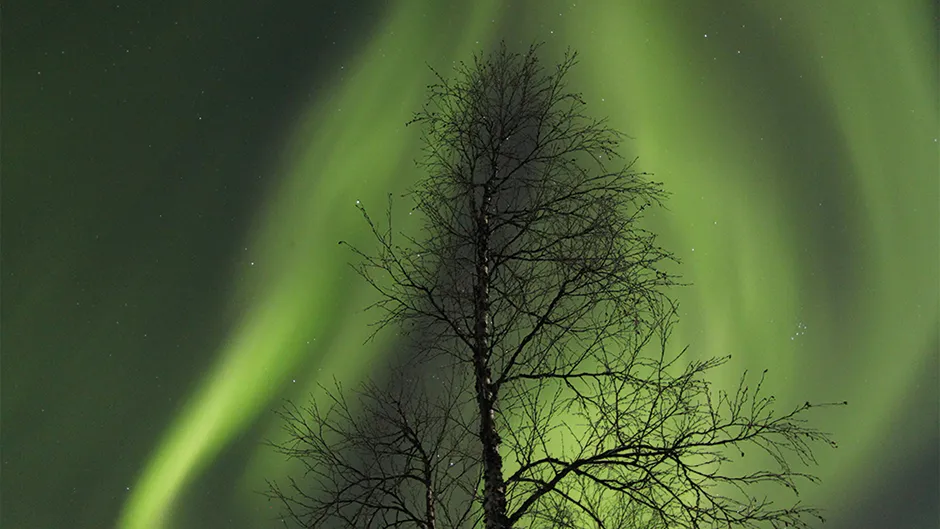
The Northern Lights can appear at any time of night, so if you want to photograph the aurora, keep your boots by your bed.
Set an alarm and check the sky every hour or so, or if your hotel has an aurora wake-up service, use it.
Keep an eye on the aurora forecast at www.aurora-service.eu too.
If it’s clear at night, sleeping at all may be a mistake.
Capture a corona
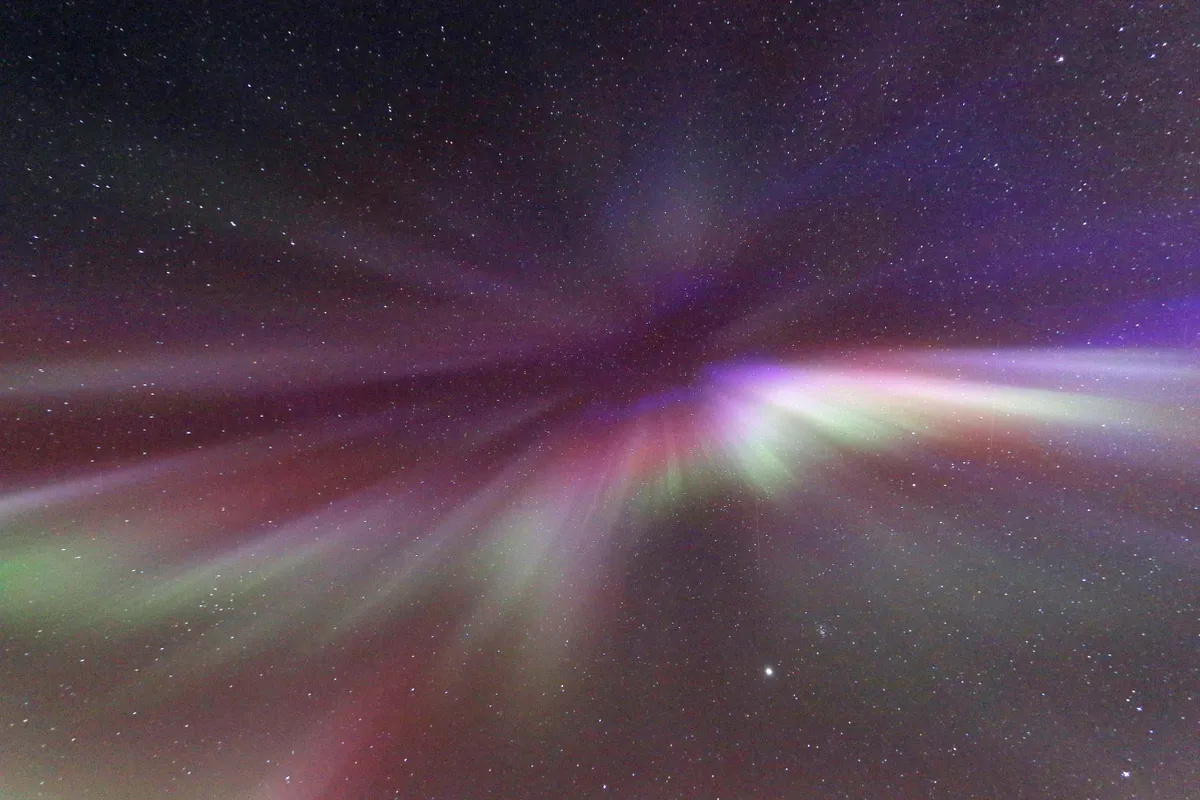
If you’re lucky enough to find yourself right in the path of an auroral display, act fast.
With the corona directly above and moving very quickly, you’ll have no choice other than to point upwards and shoot.
Resist the temptation to bump up the ISO too much – you’ll blow-out the bright heart – and instead go for one-second exposures.
Prevent lens fog

Cameras hate going from cold to warm and back again. If you're attempting to photograph the aurora somewhere cold, this could be an issue.
Once your camera is outside, try to leave it there.
If you bring it back inside it will fog up immediately, potentially spoiling a future shot.
If that is not possible, put it in a camera bag and zip it up before you bring it back inside.
A more drastic technique is to go to Iceland.
Thanks to the jet-stream, it rarely gets much below freezing there.
Have you captured an amazing image of the aurora, or seen a spectacular display? Don't forget to send us your images
